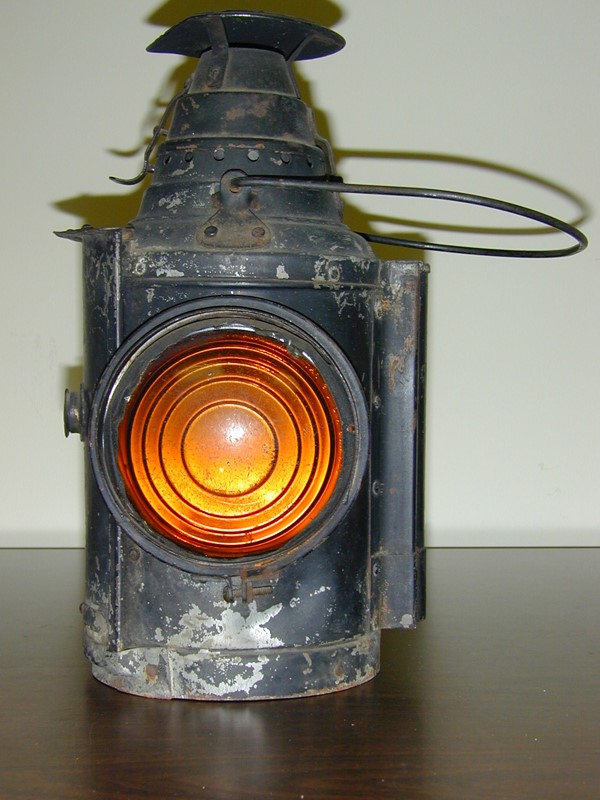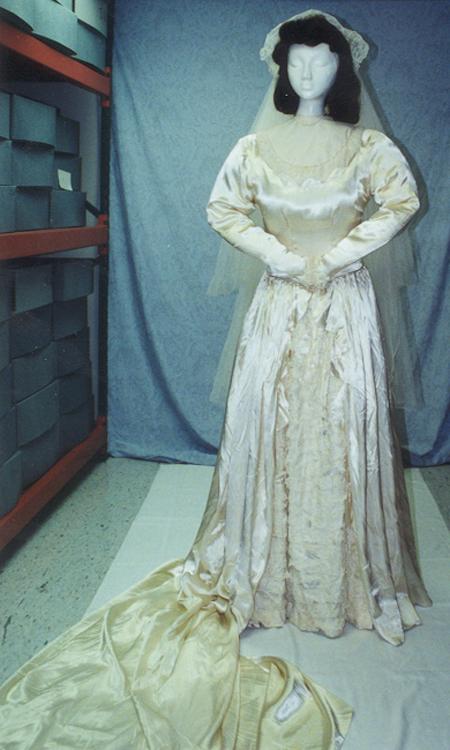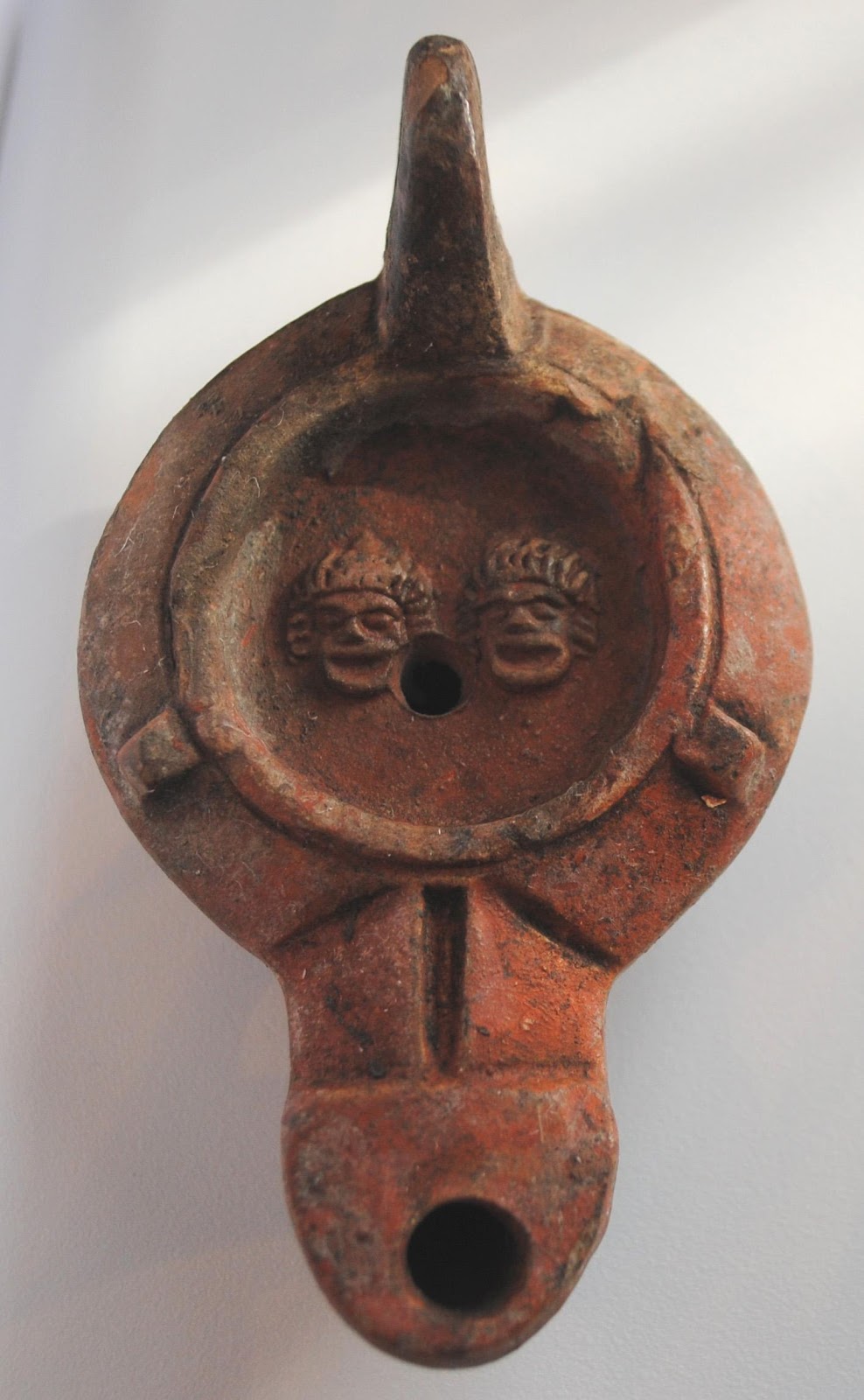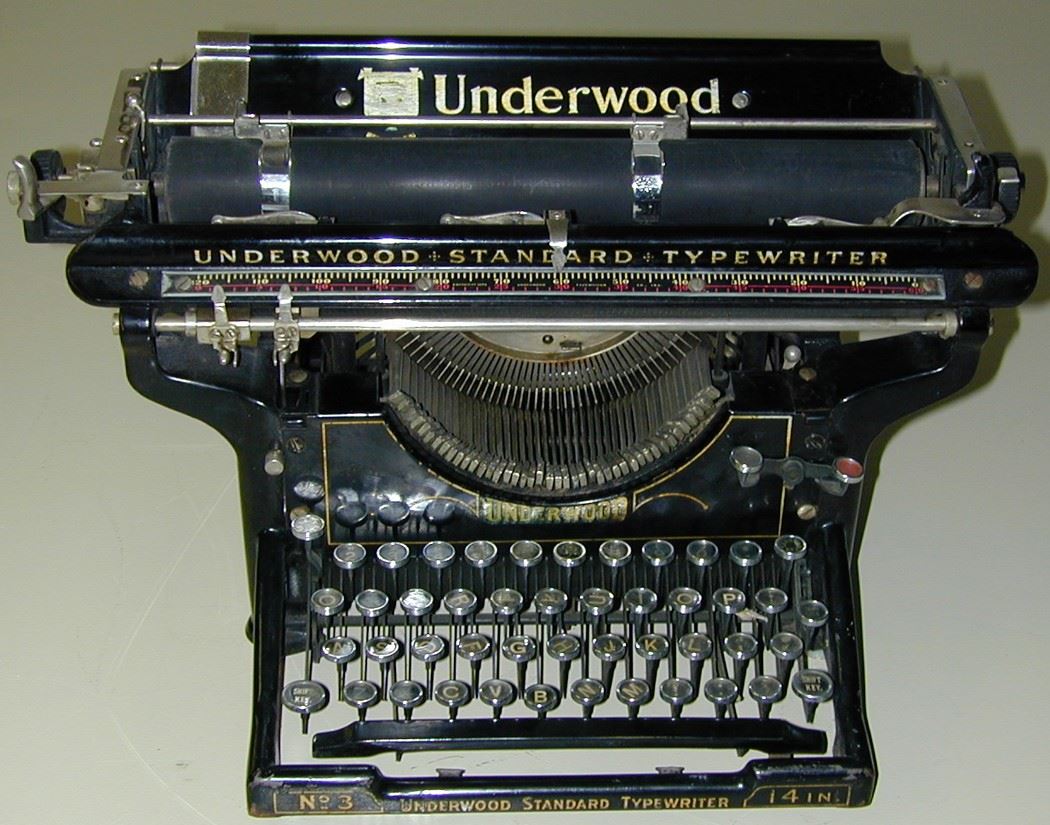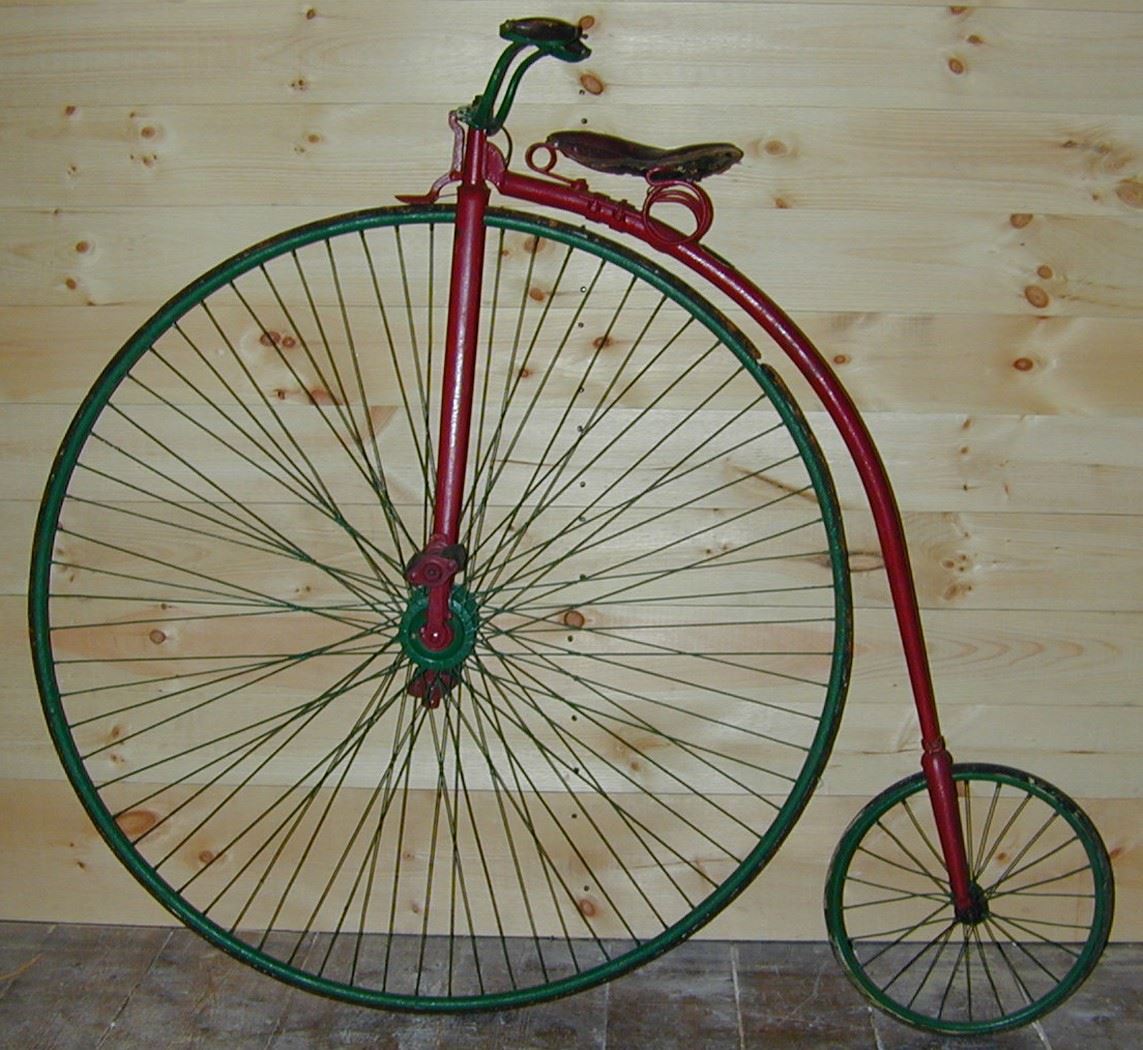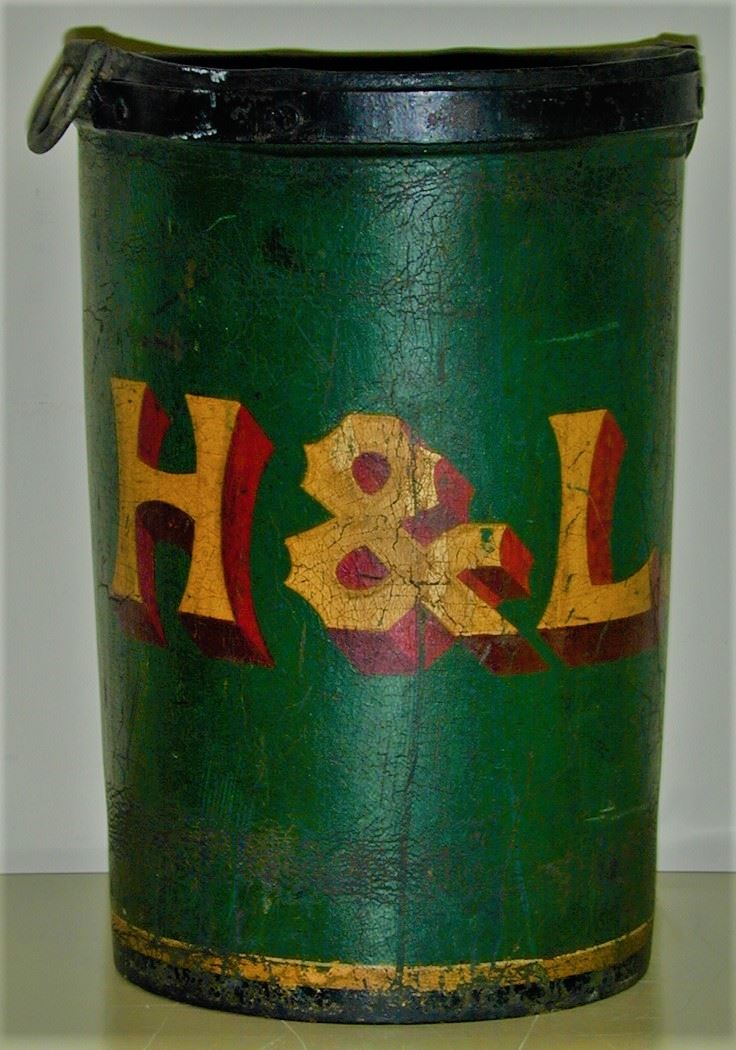
BRAINTREE HISTORICAL SOCIETY
- Home
- Plaque Program-Resource Center
- Curator's Corner
|
|
Museums not only connect us to our rich pasts, but ignite people’s passions and curiosity. When we can all share in that history it allows us to see how interconnected we are, and build a future that brings us together. Come and visit us at The Braintree Historical Society and at the Gilbert Bean Barn and Mary Bean Cunningham Resource Center ... and Have Fun!
| Railroad Lantern |
| Wedding Gown This lovely dress was designed by the donor and made at Rosina’s Bridal Shop on Salem Street, Boston. Nancy Guiliano wore this gown for her wedding on October 12, 1946 when she married Carmelo James Nicosia at St. Francis of Assisi Church in South Braintree. The gown stayed in the family and was worn by Nancy’s sister, Mary Rose, on the occasion of her wedding to Alfred Sorrentino on October 12, 1949. The gown is of white satin, trimmed in lace rusching with a five foot train. |
| Roman Oil Lamp |
| Carriage Jack. |
| Underwood Standard Typewriter |
| Tall Case Clock |
| Dress |
| Bicycle – High Wheel BHS #562 |
| Fire Bucket BHS #1693 |
| Doll, Papier Mache - @1841 BHS #1752 -Most early dolls were made in England of wood with painted features. The next oldest are “papier mache” dolls, as the one shown. These were made from the beginning of the 19th century through the early 20th century. These dolls were mass-produced in Germany, France and the United States. The first well-known American doll maker, Ludwig Greiner of Philadelphia, made “papier mache” dolls from 1840 to 1874, and then his sons ran the business until 1883. Most “papier mache” dolls have molded hair painted black, wooden limbs with a kid body, and painted eyes. |
| A Glove Stretcher |


